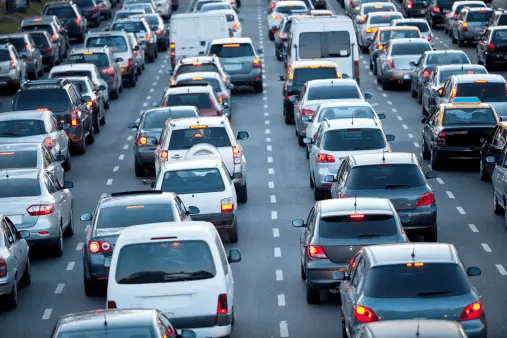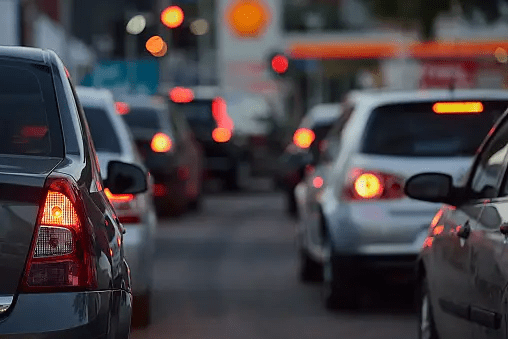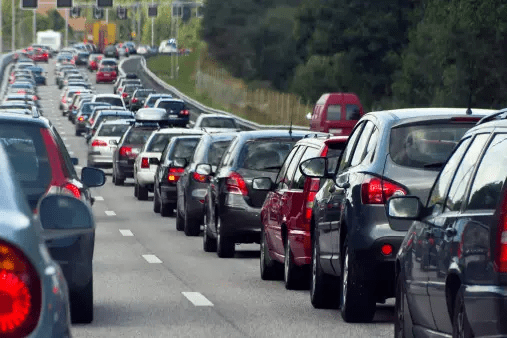More than 200 second-hand cars and vans that did not meet the pollution standards of London have already been sent to Ukraine to aid their war effort. These are vehicles that were due for replacement as part of a scheme to replace old, grossly polluting cars running on the streets of London, now helping in Ukraine for humanitarian and medical aid. The project has seen a huge demand for it, and now even more donations are being planned, although the scrappage scheme has already ended.

However, in a turn of events, London’s old, non-compliant vehicles are now cruising their way across Europe to Ukraine. It is an unusual move that has emerged as an element of the plot to help the country in its ongoing conflict against Russia. Let’s break down how this all happened!
London’s ultra-low emission zone is just one measure in its plan to clean up dirty air. Vehicles that can’t meet stringent emission requirements have to pay £12.50 a day to travel in parts of the city. It’s a policy designed to incentivise people into switching to cleaner, greener cars.
But what of all the old cars that can’t meet those standards? That’s where the scrappage scheme comes in. The scheme, which was introduced in January 2023, offers money to drivers looking to scrap their old cars, motorbikes, vans, and minibuses on condition they buy one that will meet the Ulez standards. For instance, owners could get up to £1,000 for a motorbike, £2,000 for a car, and as much as £7,000 for a van or minibus.
This is where it gets interesting: in March, drivers got a new option—to donate their old vehicles to Ukraine. The idea came after Richard Lofthouse, a former academic who drove a non-Ulez compliant vehicle all the way to Ukraine. He had seen such vehicles could be incredibly useful in helping with various tasks, including humanitarian and medical aid.
Kyiv’s mayor, Vitali Klitschko, took up the cause and contacted London’s mayor, Sadiq Khan. Klitschko made a spirited case that 4x4s and other robust vehicles could prove invaluable in Ukraine’s humanitarian efforts. Khan was less than enthused. He was concerned that the scheme did not meet the necessary legal test to demonstrate a benefit to Londoners.
The move drew some criticism. For many, this was a great way out for Londoners who wanted to get rid of their old cars and help Ukrainians in need. As pressure continued to mount, Khan and former defense secretary Ben Wallace joined those urging the government to sign off on the plan.
It was signed off by Transport Secretary Mark Harper in January. By March, the scheme was up and running. Vehicles which were donated had to have a certificate from the charity British-Ukrainian Aid to verify that they were going to the right place.

So far 330 vehicles have been approved for donation and over 200 have now arrived in Ukraine. They are being used to support crucial humanitarian and medical efforts. It’s a fantastic example of how the different parts of a scheme really can come together to make a big difference.
The scrappage scheme will shut down on the 7th of September, and from then on, motorists cannot obtain grants for their donated cars. However, the excellence of the idea of donation for Ukraine has surged the need for continuity in the act of donation. Khan is reportedly exploring options to provide additional funding to keep car donation to Ukraine alive past the scrap scheme deadline.
According to Transport for London, 96% of vehicles in London now meet Ulez emissions standards, up from 90.9% before the zone was expanded. The improvement is a turn of events pointing to the scheme working in encouraging vehicles that are cleaner.
Khan expressed pride in the scrappage scheme’s successes in both Londoners making the switch to greener vehicles and supporting Ukraine. He did not announce an exact amount of additional funding that would be provided for future donations, but it goes without saying that, all in all, the impact of this initiative has been positive on many fronts.

So, the next time you see an old automobile on the road, bear in mind that it might be on its way to serving the people there. London rides are getting a second chance to make a difference in Ukraine. Proof that even used vehicles can have a heroic second act.


